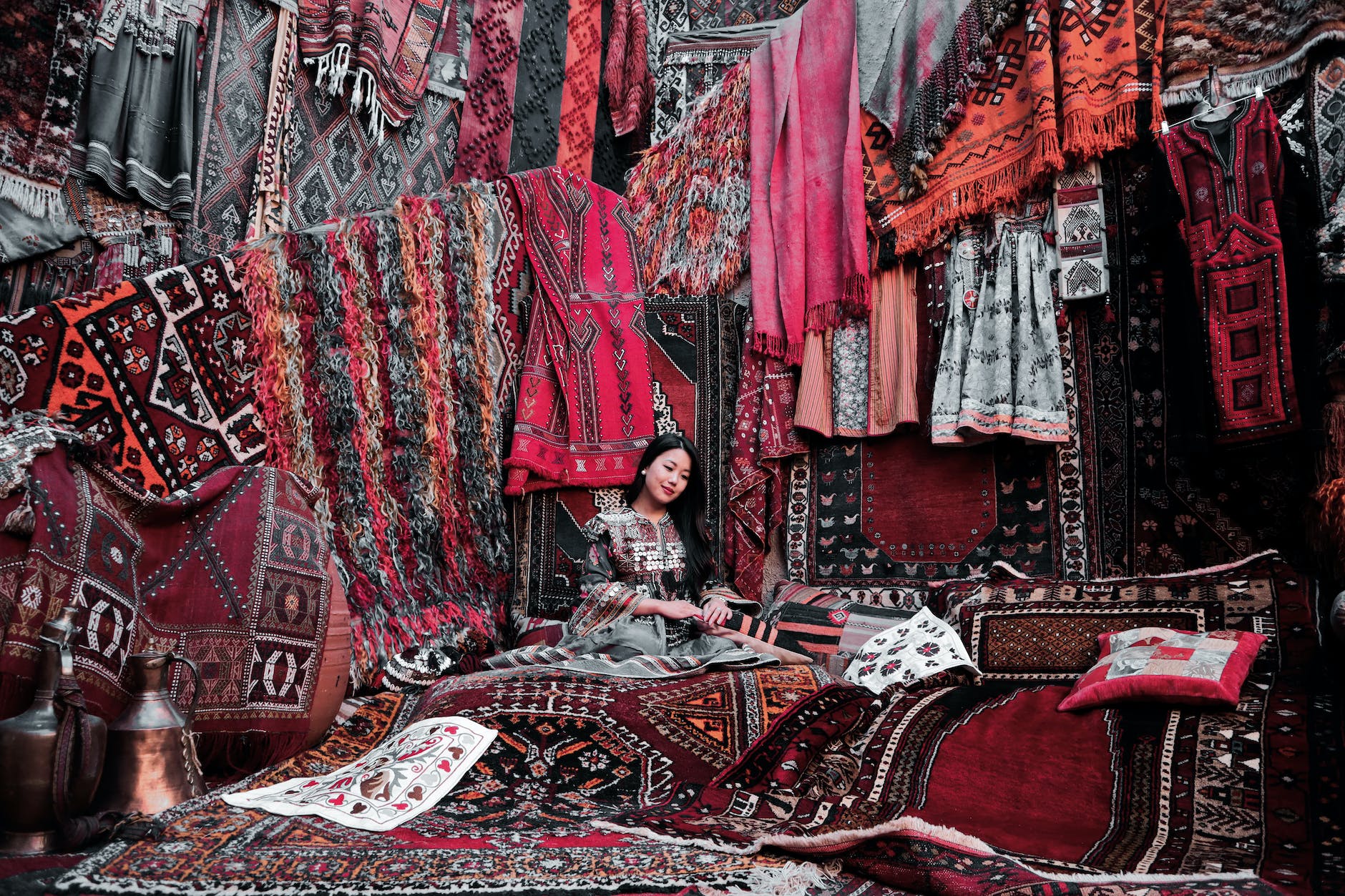Collecting Handwoven Rugs: A Guide for Enthusiasts and Collectors
For textile aficionados, few collecting passions prove more fulfilling than curating a trove of handcrafted rugs. The hunt for rare vintage finds, research into origins and techniques, appreciation of artistry, and quest to understand diverse cultures makes rug collecting a multifaceted hobby. From investment antiques to whimsical contemporary weavings, handmade rugs offer treasures with artful legacy. This guide covers key aspects of successfully collecting hand woven rugs as a craft enthusiast or serious investor.
Reasons People Get Drawn Into Collecting Rugs
More than decor, rugs become personally meaningful when collected:
Cultural Storytelling
Rugs communicate cultural narratives, folklore, and history through materiality, motifs, and making methods. Collecting rugs from around the world promotes understanding.
Artistry Appreciation
Examining techniques in detail fosters admiration for the mastery and creativity of talented makers across eras and continents. Collecting honors their devotion.
Design Inspiration
Curating based on patterns, colors, or styles sparks creative ideas for interior design, fashion, architecture, and modern makers to build upon rug making foundations.
Investment Potential
Some rare antique finds accrue value exponentially over decades due to small production scale and demand from other collectors. Quality handmade rugs become financial assets.
Emotional Connections
Whether displayed or integrated into everyday living, collected rugs make homes more beautiful, welcoming, and imbued with personal meaning derived from the hunt.
Community Building
Fellow collectors become treasured friends bonded by shared obsessive curiosity. The search for elusive additions builds relationships. Conferences and auctions unite.
Tips for Discerning Handmade Rug Quality and Authenticity
Learn how to identify exemplary pieces:
Examine Backside Finishing
On the reverse side, look for neat, tight warps, precise knot rows, matched patterns, and perfectly secured finishes. This proves meticulous handcrafting.
Evaluate Age Markers
Check for patina, uneven dyes, worn areas, and repairs indicating natural aging versus fabricated designs mimicking vintage. Ask about carbon dating rugs if uncertain.
Assess Materials and Dyes
Wool softness, natural dye tonal variations, and silk sheen verify organic luxury materials versus cheaper artificial alternatives trying to imitate them.
Notice Handmade Flaws
Some slight imperfections like asymmetry, irregular yarn spins, and uneven knots should be valued as marks of authentic artisanal production.
Compare to Known Examples
If the style is represented in rug reference books, compare collecting candidate to verified pieces to notice any discrepancies potentially indicating inauthentic origins.
Consult Experts
Ask evaluators specializing in antique rugs to examine the construction, knots, patterns, dyes, and fibers. Get second opinions to verify authenticity before acquiring.
Protecting and Caring for a Rug Collection Long-Term
Safeguard your investments:
Climate Control
Maintain 40-60% humidity and 60-80°F temperatures. Improper conditions risk moth damage, brittleness, mildew, or bleeding dyes depending on climate.
Sunlight Avoidance
Limit light exposure which fades dyes. Catalog collection pieces and rotate rug display away from direct sun. Cover windows. Install UV screens.
Cleaning and Repairs
Handle gently. Surface vacuum only using proper attachments. Leave intensive cleaning to specialists. Make essential repairs promptly and documented.
Proper Storage
Always roll rugs horizontally with acid-free tissue between layers. Never fold or crease. Use dust covers and cedar blocks to repel moths.
Display Rotation
For rugs decorating homes, periodically rotate displayed pieces to evenly distribute lighting and foot traffic. Avoid permanent fixtures pinning rugs in place.
Secured Handling
Wear gloves when inspecting rugs. Eliminate skin oils and dirt transferal. Prevent pulling of delicate fringes by handling edges and corners carefully.
Ideas for Exploring Different Avenues of Collecting Rugs
Consider specializing around:
Focused Regions
Collect rugs from certain cultures like Persia, Morocco, Mexico, or Tibet to immerse in their localized art forms, materials, and motifs.
Specific Periods
Build collections based on era such as 18th century Colonial American braided rugs, Art Deco mid 20th century geometric kilims, or 1960s Scandinavian shag rugs.
Signature Styles
Curate rugs united by weaving technique like Aubussons, soumaks, or Anatolian cicims to study the history and mastery of that method.
Rare Tribes
Pursue obscure folk rugs like Baluch pieces or unfamiliar North African tribes. Researching origins and meanings creates rewarding challenges.
Artifact Age
Seek only pre-1700s or pre-1900s pieces or specialize further in for example 16th century Mamluk carpets. The oldest intact rugs become top prizes.
Significant Provenance
Collect rugs connected to famous individuals, renowned artists who designed them, or pieces that lived in important historical places. Provenance intrigues.
Worthwhile Resources for Advancing Rug Collection Knowledge
Many resources exist to deepen understanding:
Join Member Networks
becoming part of rug collecting associations, societies, museums, and conferences establishes community with experts plus access to research archives.
Read Renowned Resources
Studying esteemed rug reference books by respected authors improves ability to identify origins and learn cultural contexts. Bibliographies guide reading.
Follow Scholarly Articles
Academic journals occasionally publish insightful rug research. These peer reviewed findings verify scientific dating, dye analysis, motif meanings, and other insights.
Attend Auctions
Observing bidding trends and competition for rare pieces gives perspective into monetary values and collecting popularity. Auction houses also provide appraisals.
Visit Museums
Major rug collections at top museums allow viewing dazzling expanses of styles and eras up close. Placards offer guidance. Request to access archives.
Talk to Dealers
Reputable longtime rug dealers and gallery owners willingly share wisdom from decades assessing and trading rugs. Their expertise helps novice collectors.
Surrounding oneself with beauty, history, and humanity – rug collecting rewards with enriching adventures. But beyond acquiring, the real treasure comes from continued learning, being inspired by cultural craft, and connecting with others who share your passion.
